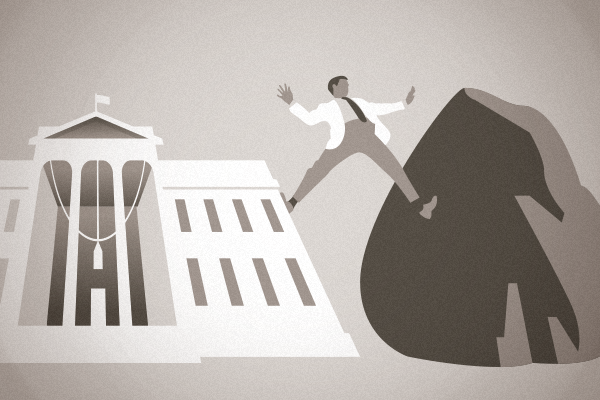“It’s stressful, dirty, hard work, and the burnout rate is high,” said Tom McNulty, a 19-year-old college student who volunteers for an ambulance corps outside Rochester. He told the New York Times that he finds it fulfilling, but that he would not make it a career: “Financially, it’s not feasible.”
Turns out the healthcare industry is staffed by some of the lowest as well as highest paid professionals in any business. The average staff nurse is paid about $61,000 a year, and an emergency medical technician earns just about minimum wage, for a yearly income of $27,000, according to the Compdata analysis.
Did you know that many medics work two or three jobs just to get by?
